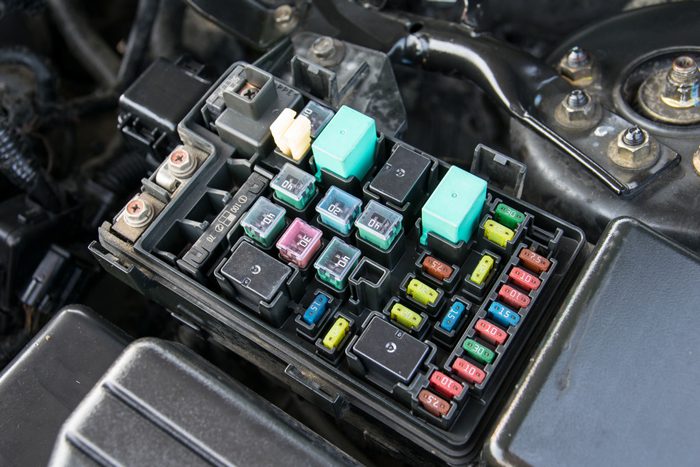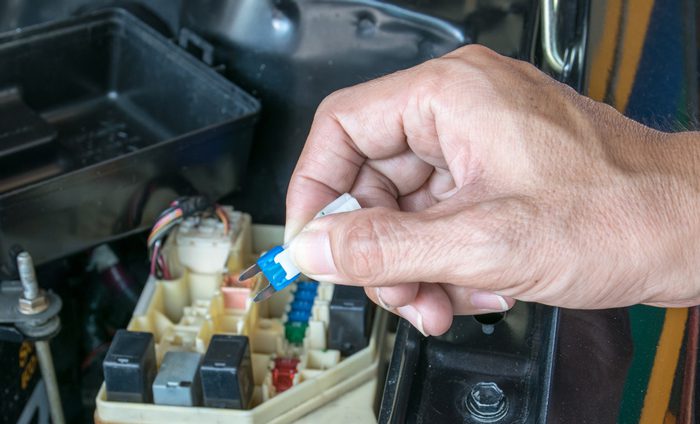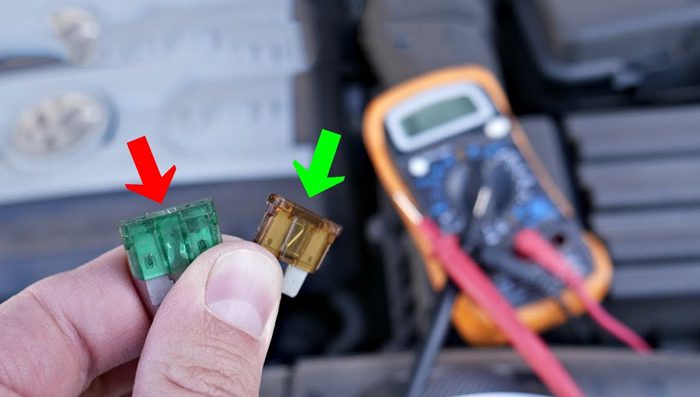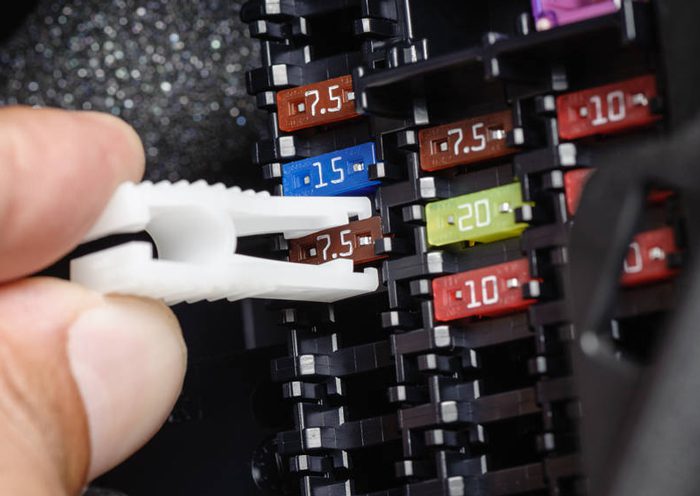Can a Fuse Cause the Battery Light to Come On? [Explained]
When the battery light comes on, it means something is not quite right with the electrical system of your vehicle. A variety of components might let it illuminate. How about fuses?
Can a fuse cause the battery light to come on? Yes, it surely can. When a fuse blows, it disrupts the electricity flow to the affected circuit, illuminating the battery light. In such circumstances, replacing the fuse would fix the problem.
To know how fuses can cause battery lights to come on, how to recognize the problem with the fuse, and how to fix this problem as well. You just have to keep on reading this article.
How Fuses Cause Battery Light to Come On? An In-Depth Answer
To know how fuses cause trouble, knowing what their duty is important. Fuses help protect the electric stuff in your car. If something goes wrong with a component, for example, the alternator, the fuse can blow out to stop any more damage. That is what simply fuses’ duty in a vehicle.

Now, when a fuse blows, it immediately stops the power from going to that part. For instance, if a fuse related to a car alternator blows, it will turn the battery light on in your car dashboard.
Because this blown fuse will interrupt the car’s charging fluency and trigger the battery light to illuminate. It means something is wrong with the electrical system of your car.
So yes, fuses can definitely cause the battery light to come on.
What are the Symptoms of a Blown Fuse?

How do you know the problem is with a blown fuse if the battery light comes on? Well, there are some symptoms you should notice. Let’s have a look at all that.
- Some Electrical components might not work anymore. For example, the radio.
- Although it’s not universal, it’s mostly a single component that is affected.
- You may notice strange light activities such as flickering or getting dim.
- Power windows might stop working
- The door lock might stop working as well.
- Consider AC and power seats in the list of non-working things.
- Sometimes, if a special fuse for the engine is blown, your car might stall or have trouble starting.
Did you notice that it’s mostly components that stop working while a fuse is blown? Basically, different electrical parts will stop working if a fuse is blown.
What to Do If a Fuse is Blown?

In this case, replacing the blown fuse is the only solution. To replace the blown fuse, follow the steps below:
- Step 1: Ensure safety first. Ensure your car engine is turned off, and remove the key from the ignition.
- Step 2: Locate the fuse box. Most cars have two fuse boxes mainly. You’ll find one fuse box under the dashboard. The other one might be in the hood. However, the fuse placement might vary depending on the model and vehicle.
- Step 3: Now, you should look at the vehicle manual. Identify the fuses and their connectivity with different vehicle parts.
- Step 4: Use a fuse puller if your car has one. If not, gently use needle-nose pliers. Grip the blown fuse and pull it straight out.
- Step 5: Inspect the fuse. If you’re sure it’s damaged, manage a new fuse having the same amperage rating. Do not use the wrong ratings, as it will cause problems.

How do you identify the blown fuse? It’s pretty easy. If you notice a visible sign of damage in the fuse or a metal smear inside the fuse, then it’s blown, surely. A blown fuse might look much older than the other fuses in the box.
- Step 6: Now, insert the new fuse exactly where the old one was. Make sure it’s seated firmly.
Now, it’s time to test the replacement. Turn on your car and check whether or not the damaged component that wasn’t working is now functioning well. If it does, congratulations! You’ve successfully done the fuse replacement.
If you suspect that a fuse might be the culprit behind your battery light coming on, it’s crucial to address the issue promptly. Additionally, if you’re facing a key fob battery low warning light problem or wondering why your battery light is on even with a new battery, our articles on key fob battery low warning light and why is my battery light on with a new battery can provide you with valuable insights and solutions.FAQs
Here, you’ll find a little more learning that will polish your knowledge.
No, a loose fuse usually does not make the battery light flicker in general. The battery light usually comes on when there’s a charging-related issue, such as battery failure or a malfunctioning alternator.
It’s very cheap. You might have to spend around $15 to buy an alternator. Since you can do it yourself, you won’t have to pay any labor costs actually. Still, if you have to call a mechanic, then the cost might be around $30.
Bottom Line
A Fuse can surely cause the battery light to come on. It’s basically a blown fuse that will cause the battery light illumination, not a loose fuse. Anyway, Symptoms include various electronic components not working, such as the radio, lights, power seats, or door lock.
Replacing the blown fuse will resolve the issue in a short time. You should look at the car’s user manual to know the fuse box location. Anyway, please do not forget to maintain the exact amperage rating. A fuse with a different amperage rating will surely cause damage on a severe scale.

